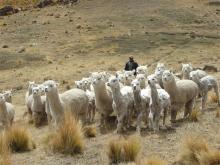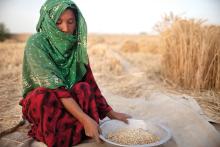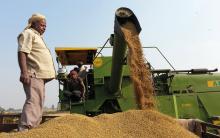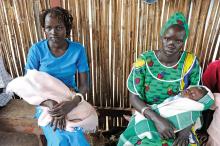Land Library
Bem-vindo à Biblioteca do Land Portal. Explore nossa vasta coleção de recursos de acesso aberto (mais de 74.000), incluindo relatórios, artigos de revistas científicas, trabalhos de pesquisa, publicações revisadas por pares, documentos jurídicos, vídeos e muito mais.
/ library resources
Showing items 1 through 9 of 14.Since 1995, June 17th has been observed as the "World Day to Combat Desertification - 2017" The main objective of commemorating WDCD has been to promote public awareness about international efforts to combat desertification and the effects of drought collectively.
Becoming land degradation neutral is not simply about restoring degraded lands. It is about self interest making sure the land can still provide food and fresh water for us, our children, and to the third and fourth generations.
Formal land titles are rare in pastoral communities around the world. In the past, this presented hardly any problems, since pastoral land was seen as of little use by most outsiders.
Every year most parts of India are affected by drought.But the Centre and State has failed so far to diagnose the drought phenomenon and to come up with a long term solution. Declaration of drought is a sensitive issue.
Livestock are kept for a wide range of purposes in Africa, and there is considerable diversity in animal husbandry. Among the most important advantages in keeping animals is their contribution to maintaining and even improving soil fertility.
The former Soviet Central Asian republics have undergone de-intensification of their livestock sectors, resulting in an increased reliance on natural pastures. Property rights systems are key to the sustainable management of this resource.
Pastoralism – the predominant form of livestock keeping in the Horn of Africa – has always been a source of disputes and tensions in the region.
The growing global demand for animal products also offers poor livestock keepers the opportunity to switch from the subsistence to the market economy.
Rangelands cover 30 per cent of the global land surface. They support a considerable share of the global ruminant value chains, are habitat for a high plant and animal diversity and have various ecological, economic and social functions.






